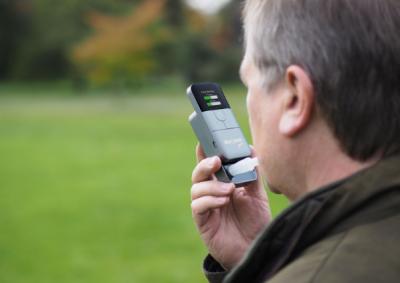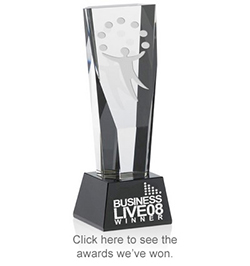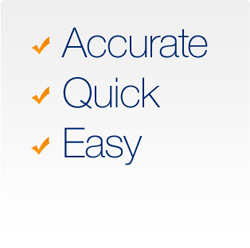How to use a breathalyzer
Thursday, October 13, 2022

How alcohol is processed
When you drink, alcohol is absorbed into the blood stream through your mouth and throat but mostly through the stomach and small intestine. The more you drink, the more alcohol is absorbed by the body and the higher your blood and breath alcohol readings will become.
Around 90 minutes after your last drink the alcohol is distributed equally around the body and through the blood stream. About 90% of the alcohol is broken down into water and carbon dioxide by the liver in a process called oxidation. The remaining 10% of the alcohol continues to the lungs and kidneys.
How to choose the best breathalyzer
A healthy liver typically breaks down alcohol at a rate of one unit of alcohol per hour but sometimes it can take a longer or shorter time. When you stop drinking your level of intoxication can change quickly (rise or fall) for up to 90 minutes afterwards because of the time it takes for alcohol to reach the bloodstream after drinking. For example it will take longer for alcohol to reach the bloodstream if you have eaten recently, less time on an empty stomach. There are many factors that can influence the reading just after drinking. This is the reason not to use breathalyzers within 90 minutes of drinking.
How to read a breathalyzer UK
Do read the manufacturer’s instructions carefully, as they will tell you how to read breathalyzer test results. Certain medications and conditions including diabetes can give false positive readings. Leave a minimum of three minutes between tests and do not perform more than 10 tests in one hour. More frequent testing can cause a build-up of breath condensation in the breathalyzer which can temporarily affect accuracy. Don't blow into the breathalyzer within 10 minutes of drinking. High levels of alcohol in the mouth can permanently damage the sensor. And don’t carry out a breath test within 90 minutes of drinking. Blood alcohol levels can rise for up to an hour and a half after drinking. Don’t use the breathalyzer for at least 30 minutes after using mouthwash, breath spray, cough medicine or after smoking a cigarette or eating ripe fruit - you may get a false positive from your breathalyzer readings. Don’t perform a test in dirty air, for example a smoky room or pub. And don’t use the breathalyzer if you are breathing quickly (for example, after running up the stairs).
Breathalyzer use when driving abroad
If you are using a breathalyzer abroad, you may need to change the Blood Breath Ratio (BBR) setting as well as the drink drive limit. The BBR is the ratio that is used to convert a breath alcohol reading (displayed in mg/L) into a blood alcohol reading (displayed in ‰BAC).
Breathalyzer calibration
To ensure continued accuracy, all semi-conductor and fuel-cell breathalyzers (ie. excluding single-use) require periodic re-calibration. It’s rather like your car needing an annual service. Over time, a breathalyzer may change the way it responds to alcohol and the results may become less accurate (drift). It is recommended for optimum breathalyzer use that they’re re-calibrated every 12 months by the manufacturer.
FAQ
I can’t get breathalyzer test results
I've done two breath tests and got different breathalyzer readings
My unit says Saturation Lockdown (or similar)
My unit says “Calibration Expired” or “Calibration Due”
I’ve done several quick tests in succession and my breathalyzer scores are different
My breathalyzer started to do a test by itself and displayed an error
















